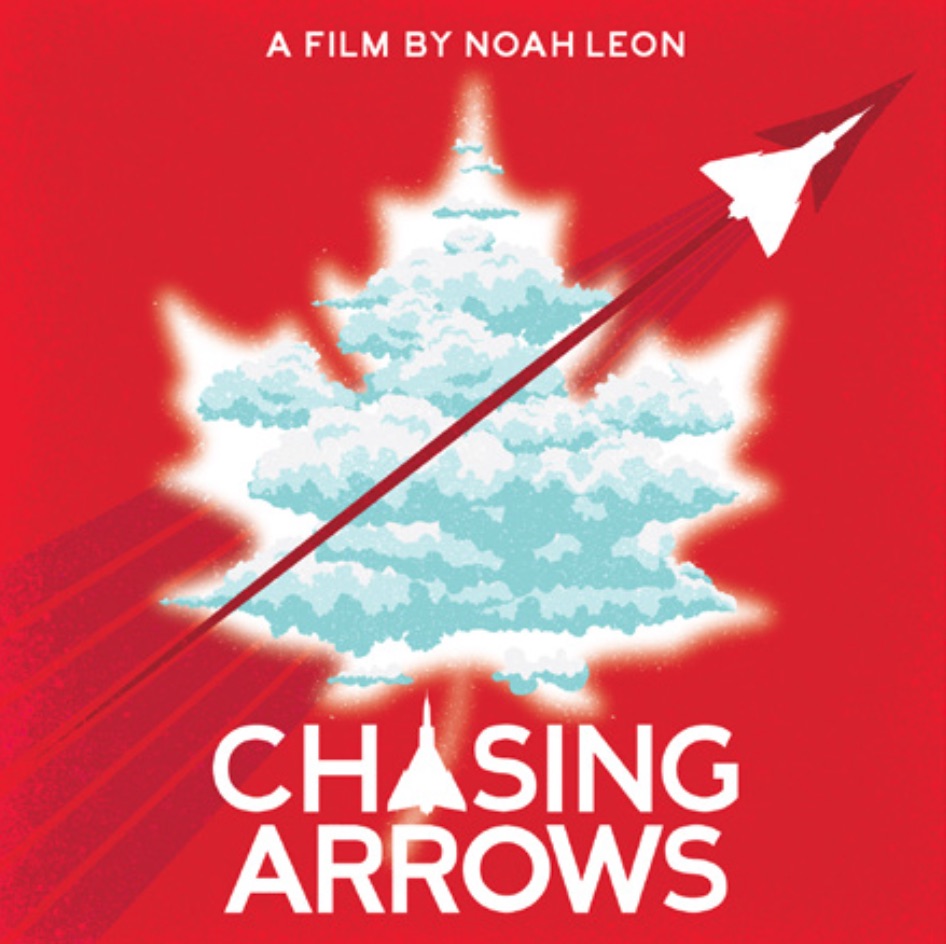Chasing Arrows: An Avro Arrow Story
“Reviving a Canadian dream.”
Log-line:
Decades after Canada’s most ambitious aircraft was grounded — a new generation of dreamers are determined to make the Arrow fly again, even if they have to build it with their bare hands. They’re doing it to answer one big question: can Canadians still do big things?
Story:
In 2025, Canada finds itself at a crossroad. The alliances that defined us are shifting, and a new vision of what it means to be Canadian has begun to take shape. Meanwhile across the country, intrepid volunteers can’t stop recreating one of Canada’s greatest national symbols: The Avro Arrow.
In 1945, the world faced the Soviet threat and the dawn of the nuclear age. It fell to Canada to defend North America, the RCAF commissioned the Avro Arrow—a supersonic jet, faster and more advanced than anything else in the world. But political and economic pressures ended the program, all planes were ordered to be destroyed, and Canada’s dream of building its own fighter jets were lost, closing a chapter on Canadian sovereignty.
This story could have ended there. However, this chapter isn’t finished.
Eighty years later, new endeavours have arisen across the country. In an initiative spanning over 25 years, the Arrow II is being constructed in a hanger in Strathmore, Alberta. Dedicated volunteers have given decades of their lives to the dream of seeing it fly. Scheduled for its first flight in 2027, the Arrow II will be the fastest home-built plane in history.
Yet, this is not a story about a plane. This is a story about those who have dedicated themselves to making it a reality. It’s about Steven Rose, who will be the first to risk his life piloting an aircraft that’s only been proven in the simulator. It’s about Coralee and Mackenzie Hilton, who run the Avro Museum, dedicated to keeping alive the stories of those who made the OG Arrow fly. It’s a story about Mike Ward, who, in his final days, begged for three more years — just to see the Arrow II soar.
With provincial separatism and challenges to our sovereignty from our closest neighbour, Canadian symbols have never been more vital. We follow this group of passionate Canadians as they sacrifice everything to make their dream a reality, and right a historical wrong.
This year is the hardest yet — money is running out, and the final years of construction push the limits of everyone involved.
Interviewees/Subjects
The film features interviews with volunteers Stephen Rose, Coralee Hilton, Rob Pyle, as well as many others. Including Arrow experts such as Russell Isinger BA, MA (University of Saskatchewan), Erin Gregory (Canadian Air and Space Museum, Ottawa), authors Palmiro Campagna and Marc-André Valiquette, Lieutenant-General Joseph Aimé Jean Yvan Blondin CMM, CD (retired commander of the RCAF), Carolyn Parrish (Mayor of Mississauga and former MP). Blending the story of the original Arrow with the story of the Arrow II, and above all tells the stories of the people who work to see her fly again.
Episodes Synopses
This docuseries traces the ongoing story of Arrow team and their journey recreating the Avro Arrow, blending personal narratives, and historical context to tell the whole story. Season one delivers a complete arc of what has happened historically to this point, and the personal stories of those involved. However, this is not a historical story, but a living one. Chasing Arrows’ unresolved threads and evolving developments provide fertile ground for future seasons.
Chapter 1: Legacy
We meet two volunteers — the enthusiastic Mike Ward and his steadfast counterpart, Steven Rose — as they introduced the Arrow II for the first time, offering a glimpse into the world that shaped the OG Arrow. Joy turns to sorrow when Mike passes unexpectedly.
Chapter 2: Deepest Cut
All the original Arrows were destroyed. Russ Isinger offers an academic perspective, while volunteers, including Paul Gies from the Avro Museum in Calgary talks about how amazing it was that in the time of steam trains, Canada built a computer-controlled advanced-materials aircraft.
Chapter 3: Dream Simulator
A sceptic is converted, and we are introduced to Mackenzie and Coralee Hilton, new recruits who become staples of the museum. The Arrow II guys are building their plane on the simulator, just as the OG Avro engineers did. Commercial pilots Troy and Lauren try the simulator and change their minds about the Arrow.
Chapter 4: Forces at Play
The Arrow II team faces a challenge attaching the plane’s tail, which must withstand over 30,000 pounds of pressure. Paul Gies explains the difficulty of the task, revealing the immense forces the final aircraft will face—and how much risk the team is actually taking.
Chapter 5: What We Lost and FoundThe Avro Museum dreams of acquiring the Orenda engines from the legendary Canadian Snowbirds Tutor jets and the team receives an unexpected gift. Stephen Rose explores what made the legendary Orenda engine so remarkable and how it became an accidental casualty of the OG Arrow’s cancellation.
Chapter 6: Declassified
The team at the Avro Museum are inundated with boxes of records from Avro Canada that were presumed destroyed by the government. Jason Eldridge, Paul Gies, Russ Isinger, and Erin Gregory discuss how this new knowledge has shed light on the real reasons for the cancellation and destruction of the OG Arrow.
Chapter 7: The Vale of Eden
Follows musician Gord Fendly as he visits the other Arrow replicas, in Edenvale, Ontario, and Wetaskiwin, Alberta. Though they don’t fly, the visit showcases the Arrow’s scale and beauty, inspiring a song praising Arrow and lamenting its loss.
Chapter 8: Game of Blame
Diefenbaker is often raked over the coals for his decision to cancel the OG Arrow. But not everyone blames “the Dief’ for what turns out to be a controversial game of blame. Russ Isinger, Palmiro Campagna, Erin Gregory, and other academics discuss whether the Chief should be let off the hook.
Chapter 9: Water water everywhere
Mayor of Mississauga Carolyn Parrish has a pet project, and it’s going to cost millions that includes an Avro Arrow replica. Yet, money woes are starting to become a problem for the continuation of work at the museum. Will they make it to 2027?
Future Synopses:
Parallel Dreams
Another casualty of the cancellation of the OG Arrow which is insufficiently mourned is the Avro Jetliner. The first (almost) civilian passenger jet in the world which, like the OG Arrow, survives only in pieces at the Canadian Air and Space museum. Paul Davies and author Marc-André Valiquette reflect on what lessons this holds for Canadians, who seen to accomplish world-changing feats of engineering, before dropping out of the race at the last moment… much like we did with Bombardier’s C-series jet.
Gearing Up
The Arrow II team struggles to get the landing gear for the Arrow II manufactured and installed. Will it safely hold the behemoth plane when full of fuel? Rob Pyle explains the challenges and the ingenious solutions they are planning.
Trials and Tribulations
Taxi-trials begin for the Arrow II, as the date for the launch gets closer, tears are shed (mostly by Rob Pyle) as the plane takes to the runway, engines running, wheels turning. This is the moment of truth for Dwayne Sparks, who has spent the last few years working on the fuel system.
Dreams Take Flight
This is the moment the team has been waiting for, when dreams fly, or don’t. Which will it be? The riskiest part of the entire enterprise takes place. Stephen Rose finally takes control of the plane in flight. There is some trepidation; there are no guarantees he will survive.
Paint the Clouds Red
The Arrow II gets painted and attends its first airshow. The volunteers reminisce about the process and what this means to them. Coralee and Mackenzie Hilton return to give their thoughts on the plane, the volunteers, and how Canadians are capable of amazing feats more than ever.
Production Stills:
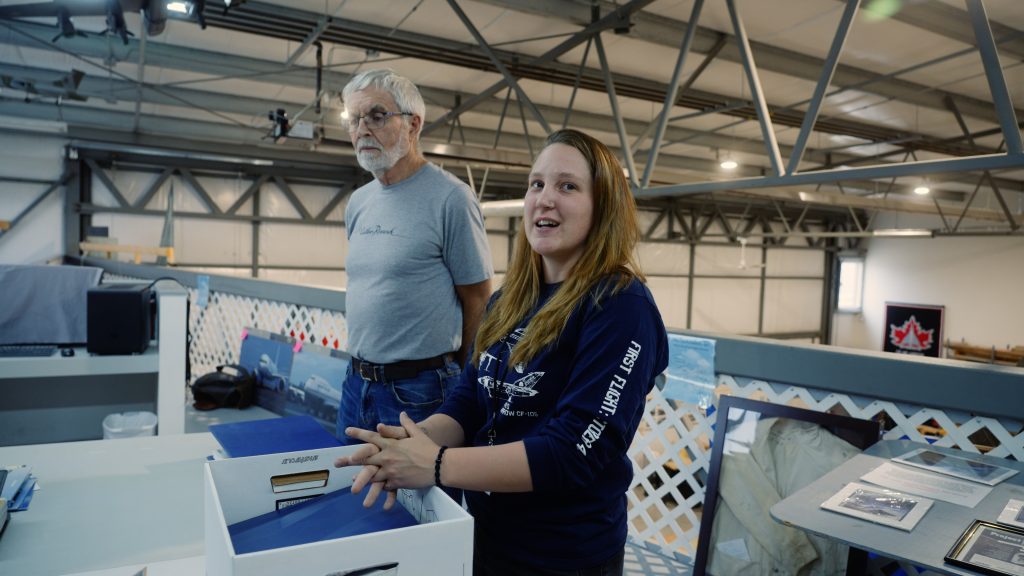
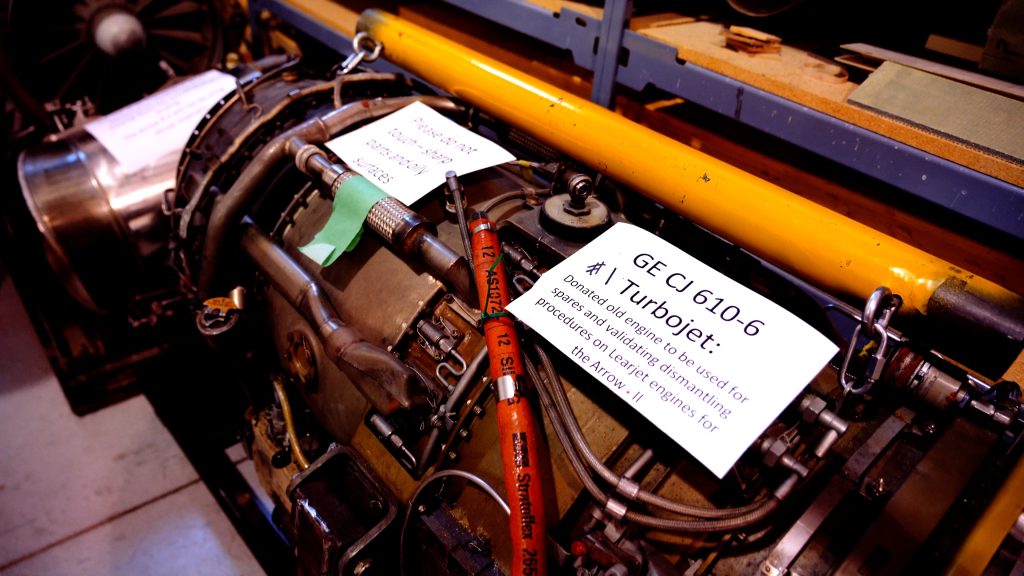
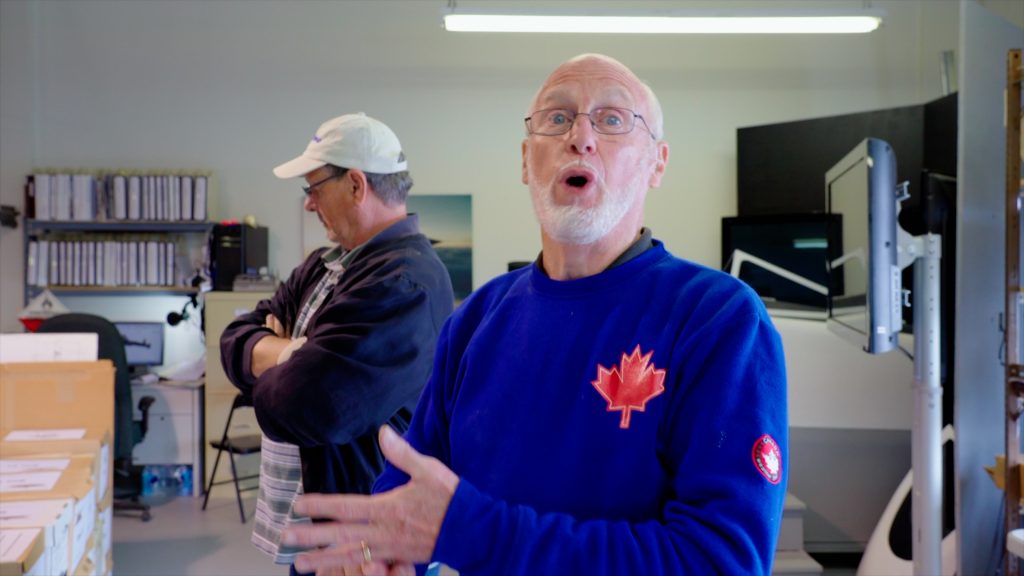
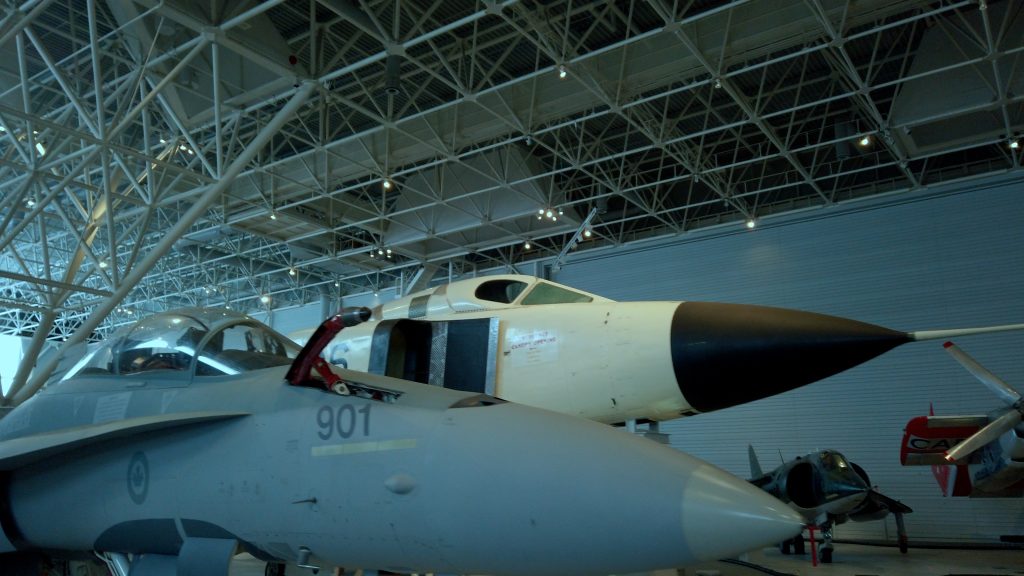
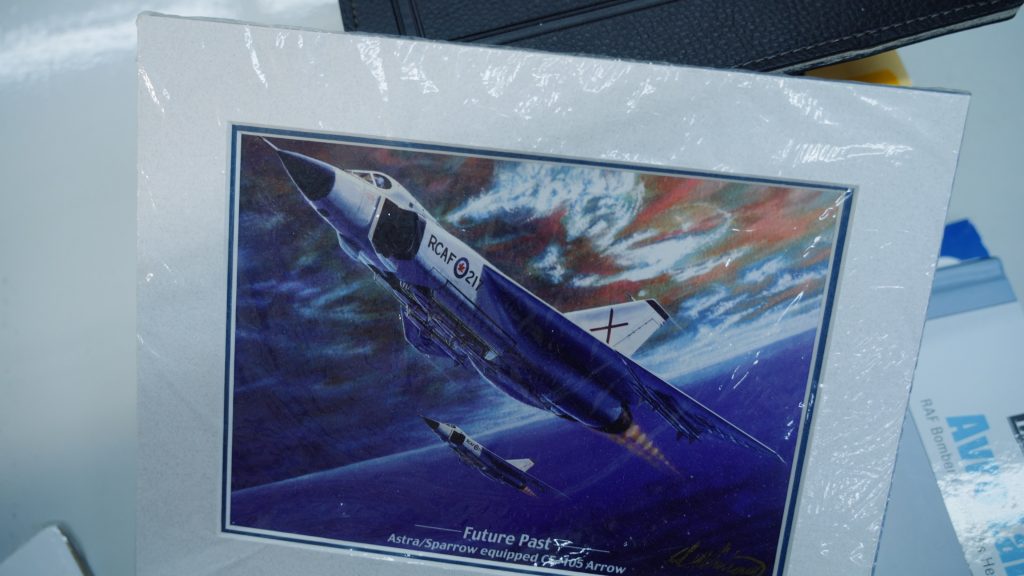
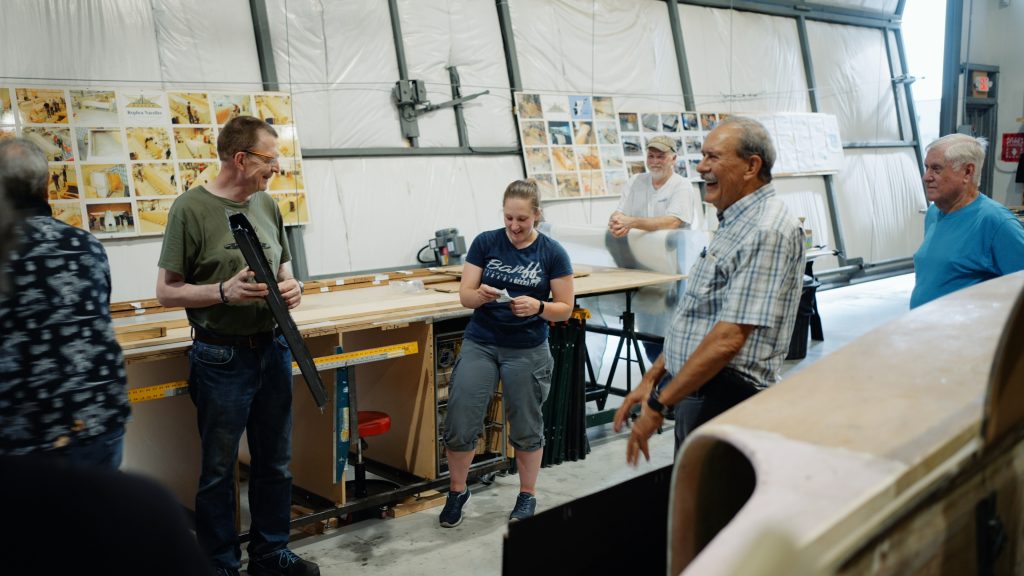
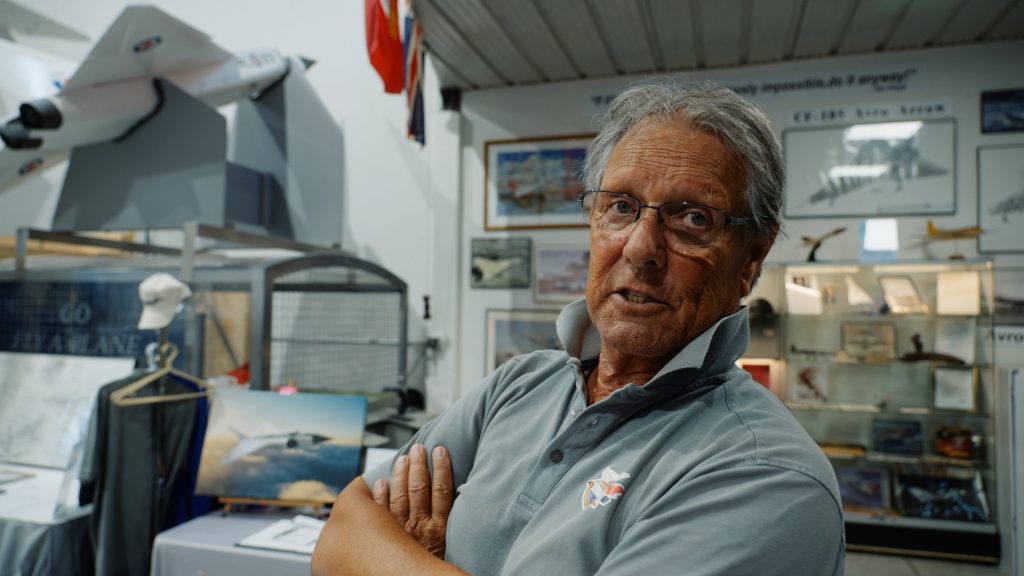
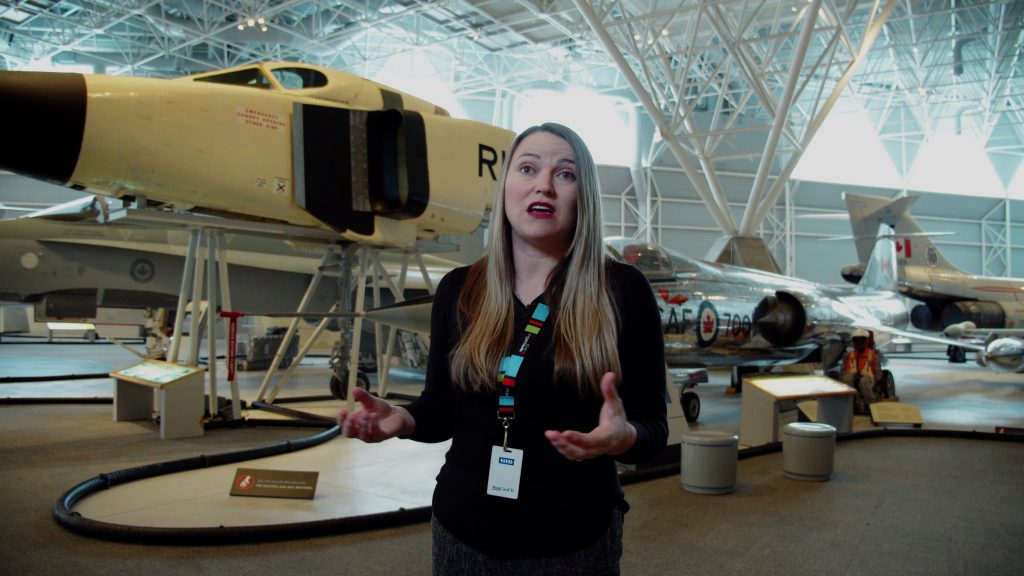
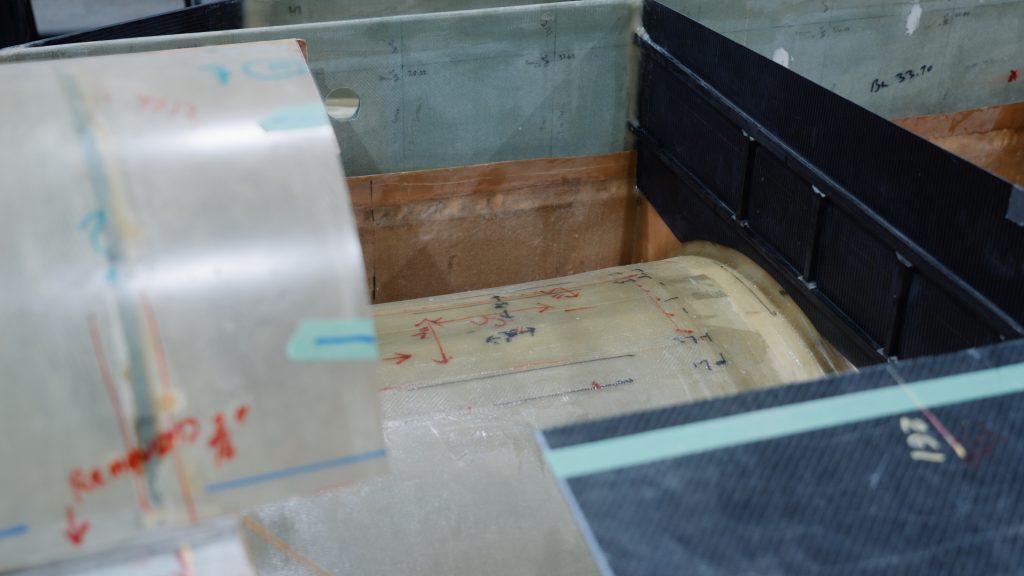
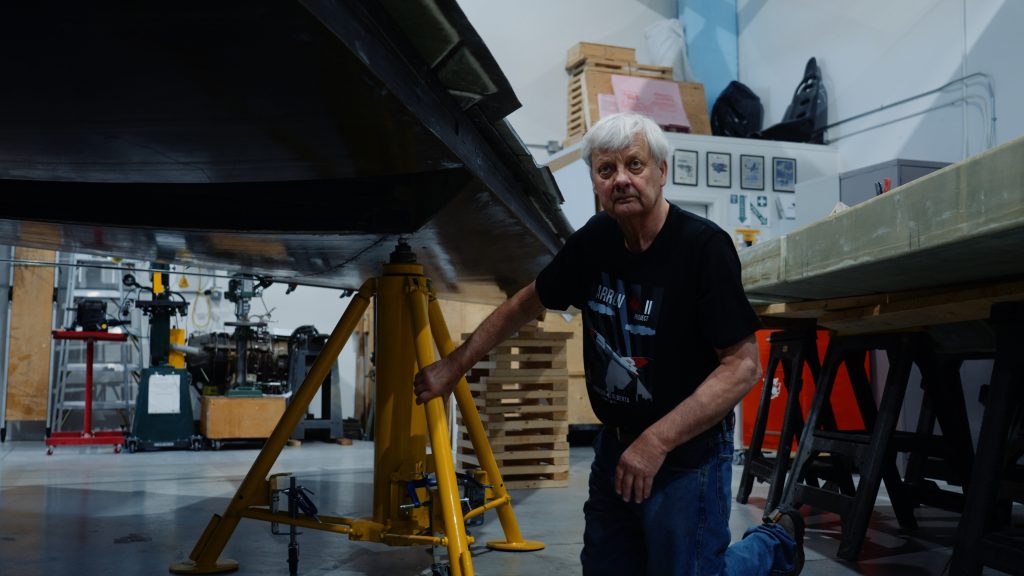
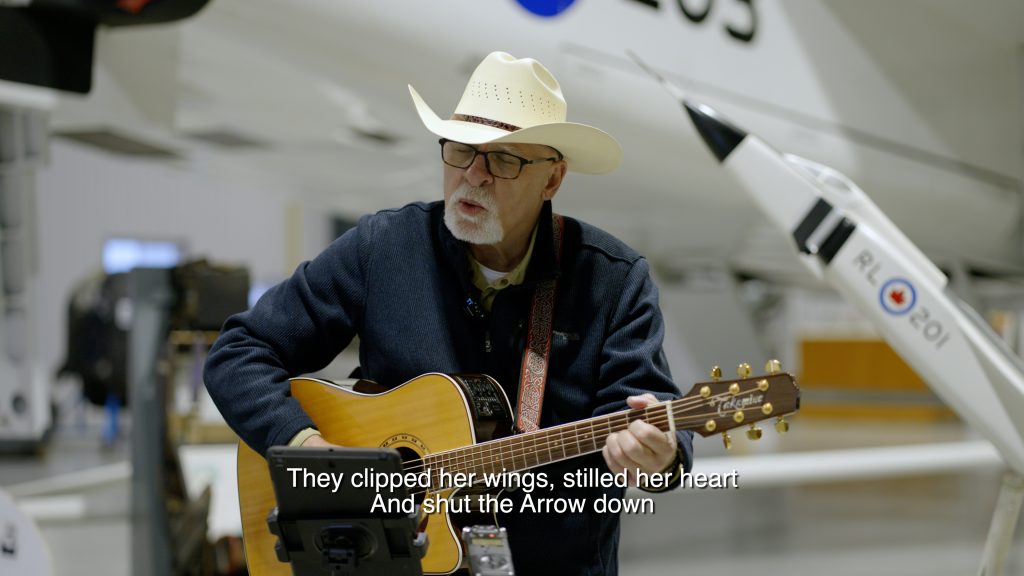
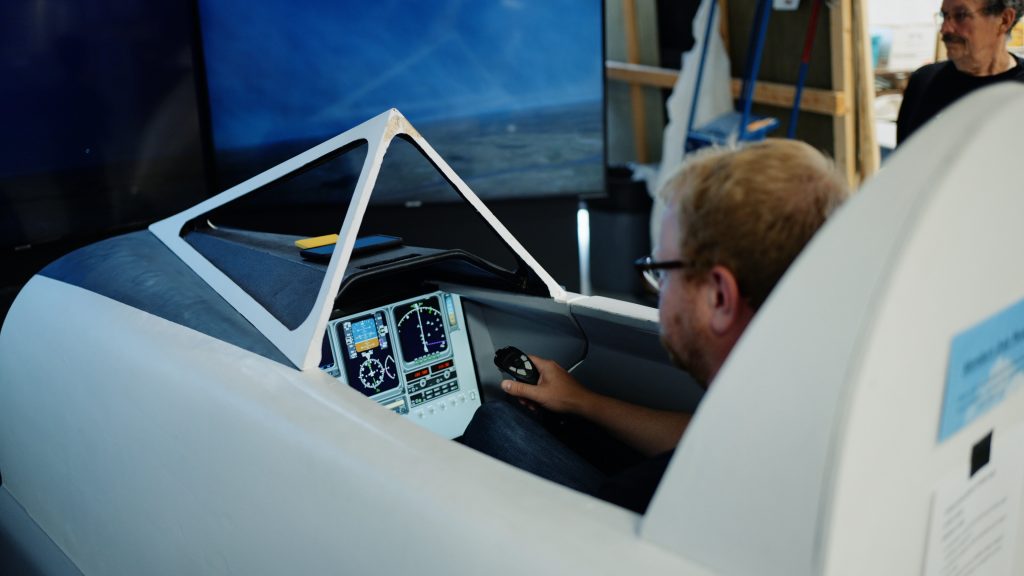
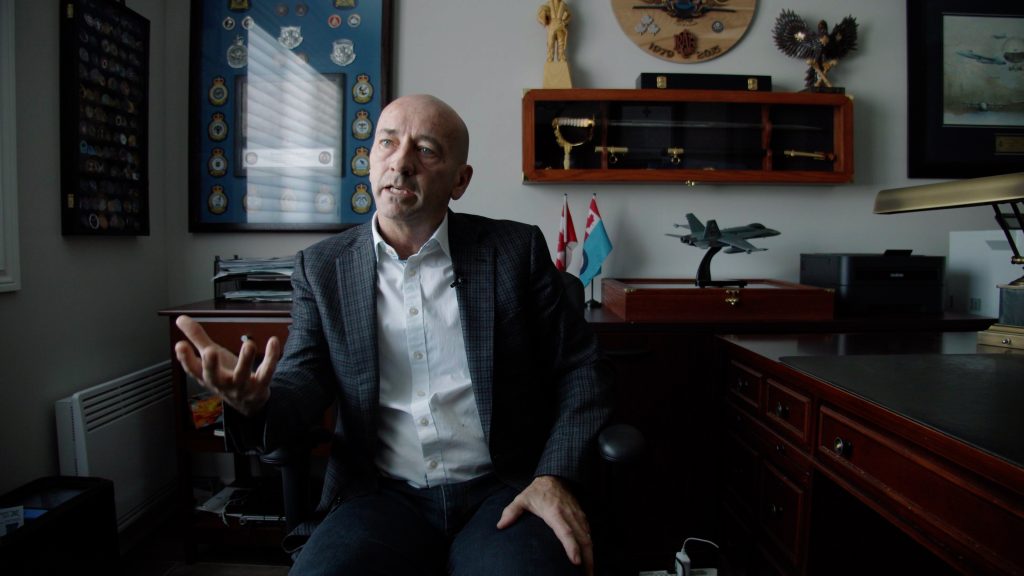
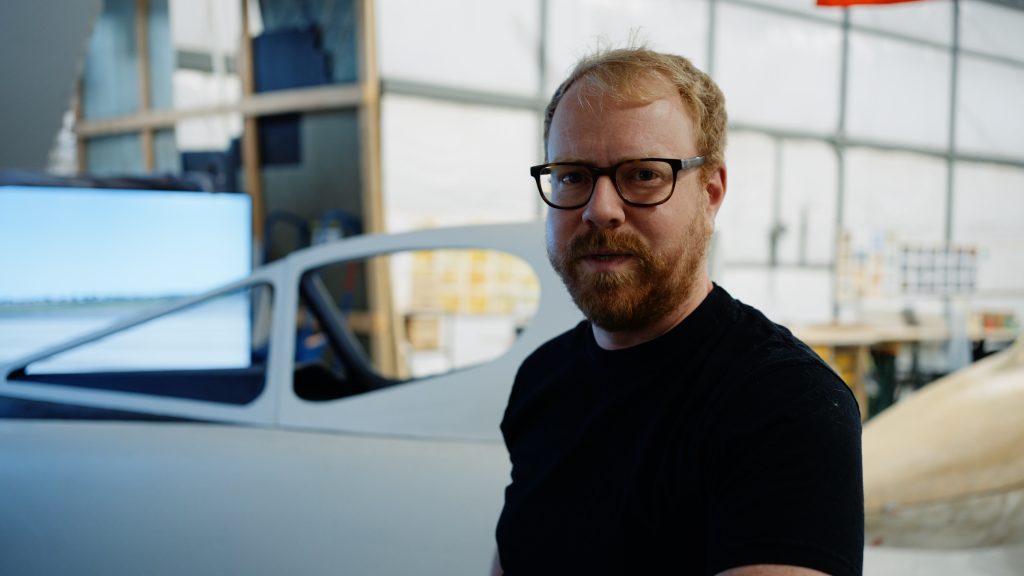
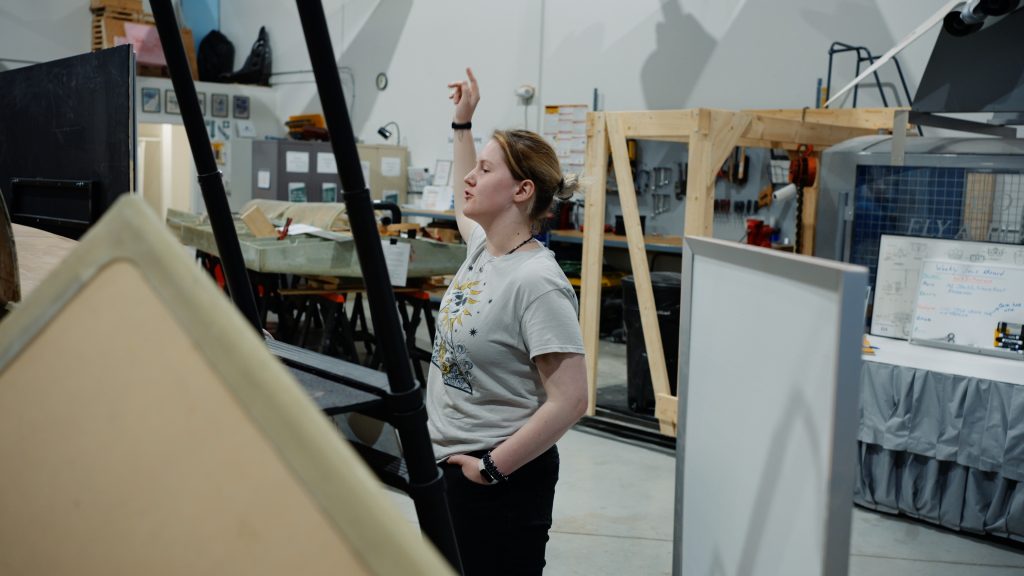
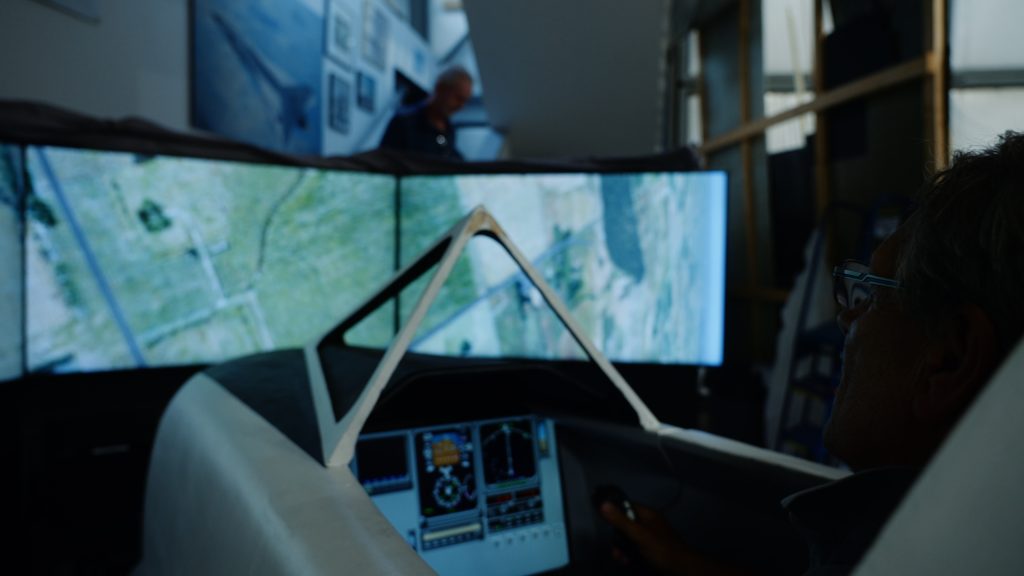
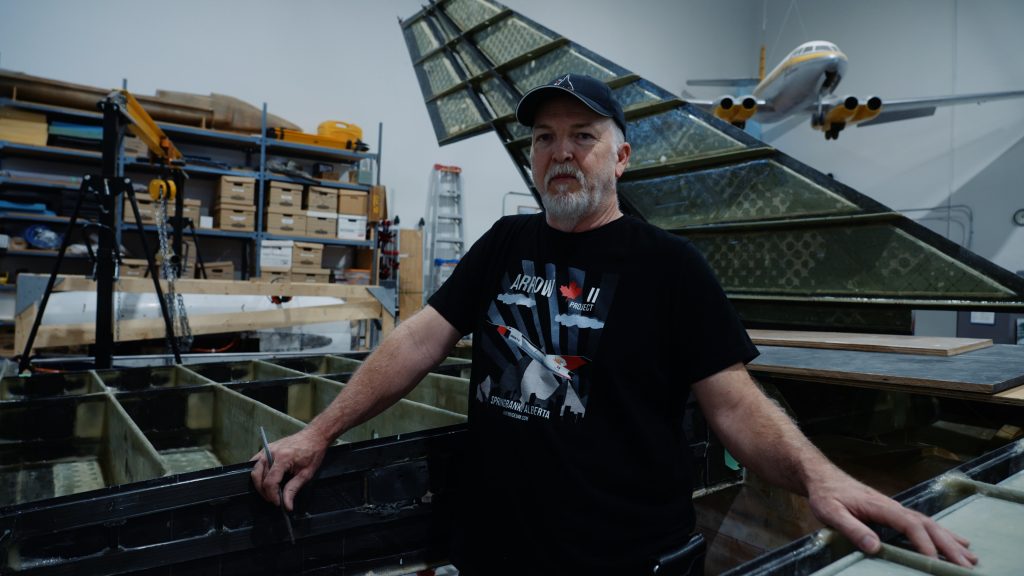
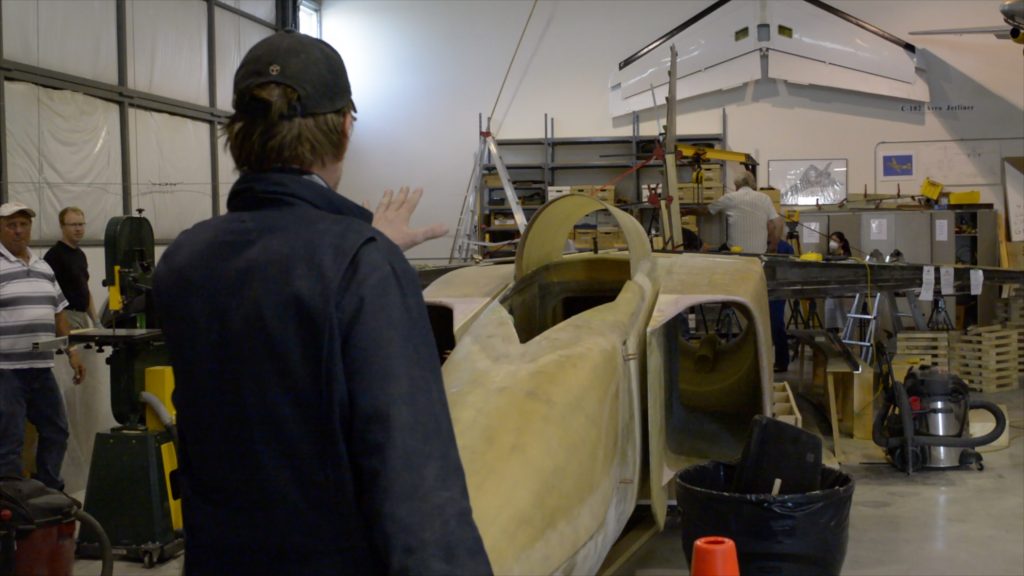
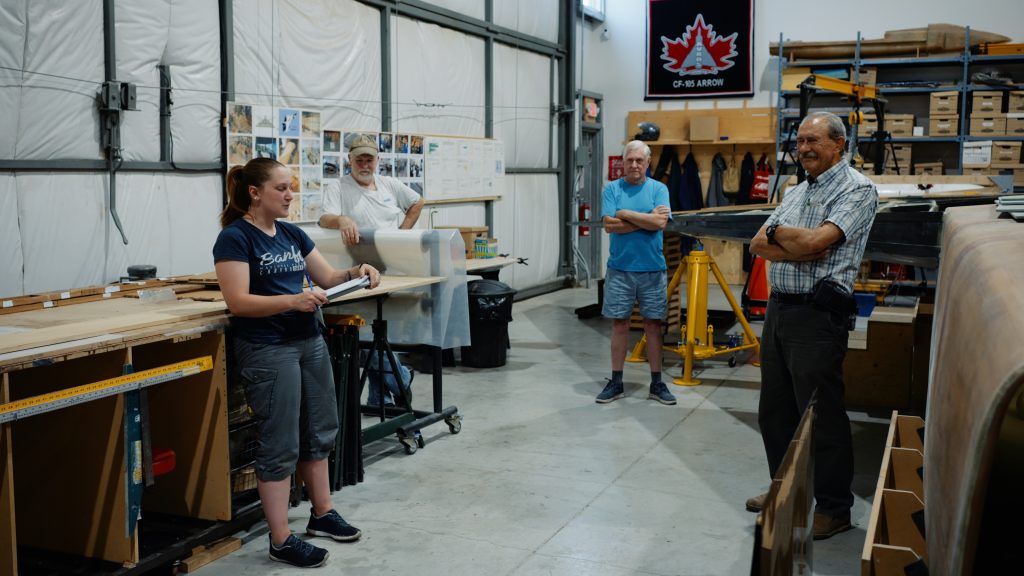
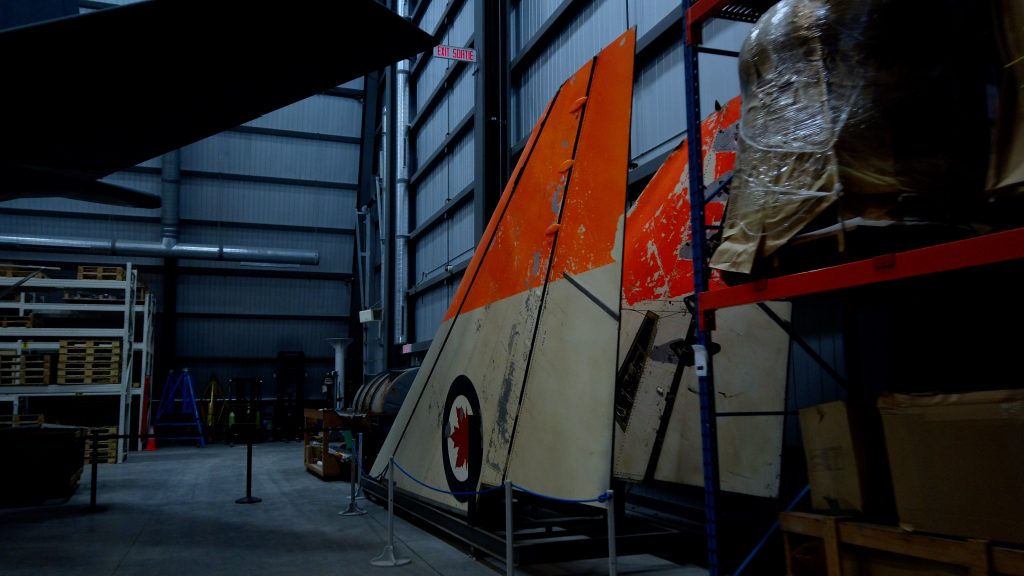
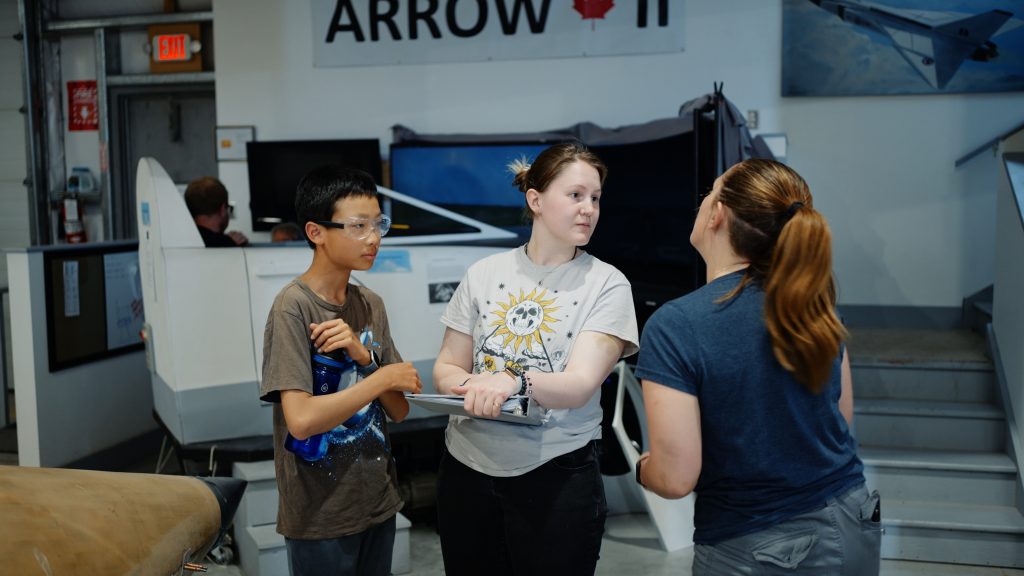
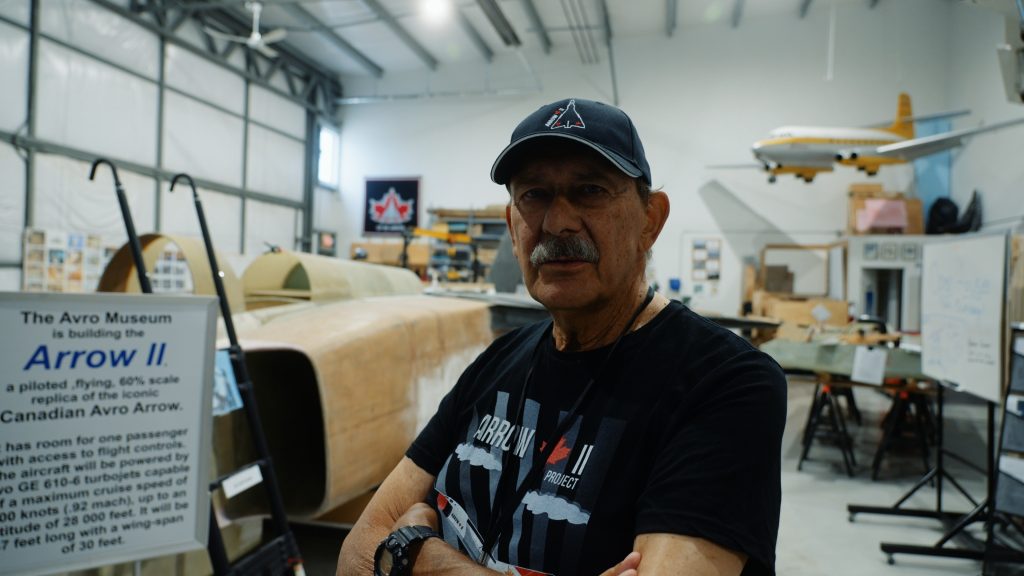
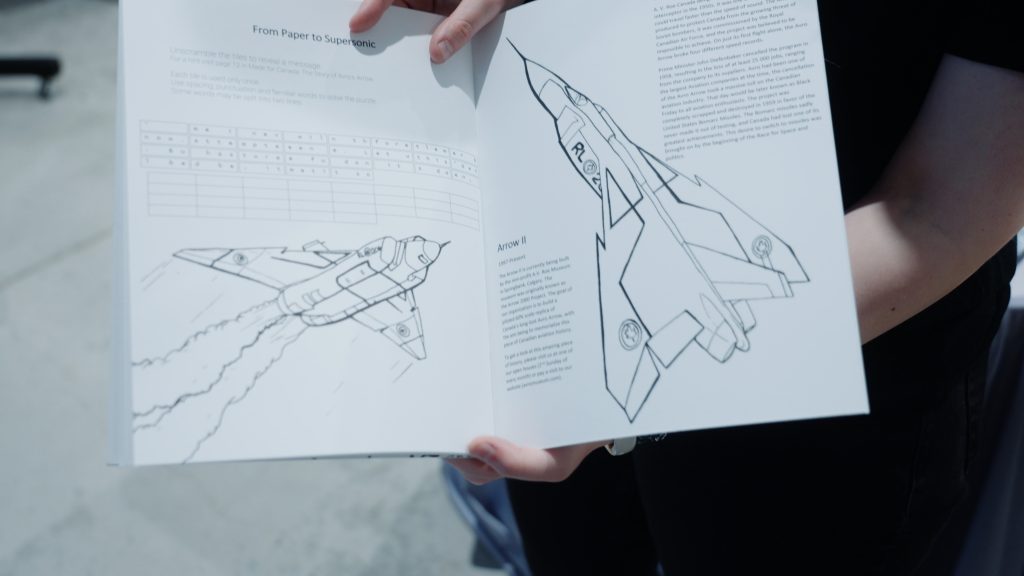
Promotional Materials:
Demo episode:
Social media posts:
Crowdfunding attempts:
Crew Bios:
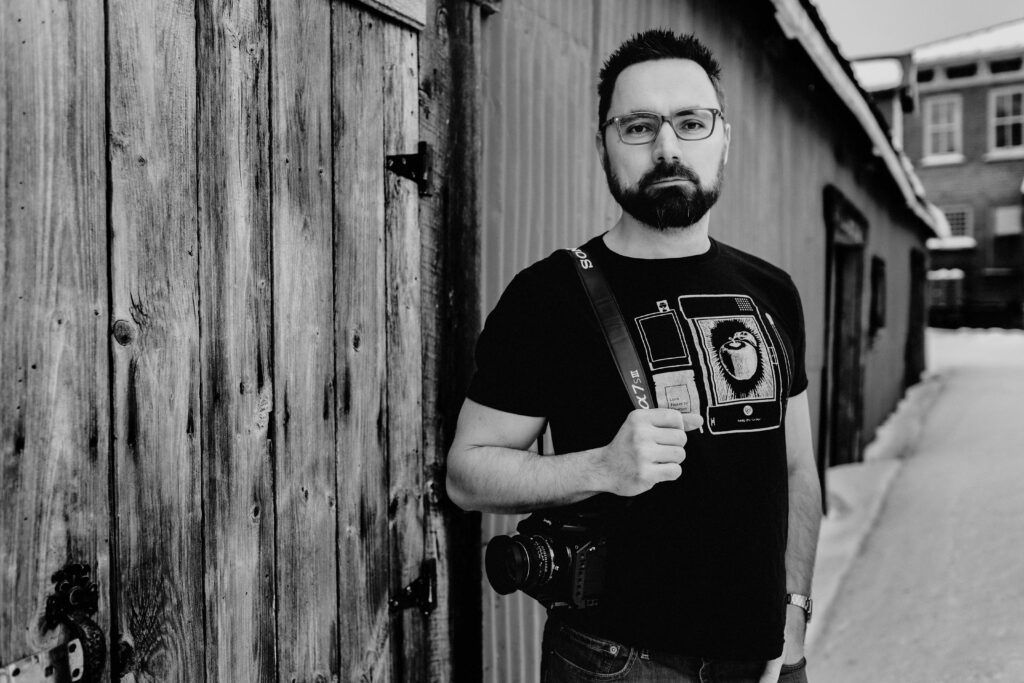
Noah Leon & Frank Orlando
Filmmakers Noah Leon and Frank Orlando share a long creative partnership.
Noah, Calgary native, today calls Montreal home. A lifelong filmmaker drawn to the emotional truth of a story as to the technical precision of his craft. he has served as DOP and editor on three acclaimed feature documentaries for CBC’s Absolutely Canadian series: Ben’s Animals, Just As I Am: The Shira Choir, and Meet, Pray, Love: Return of the Love Rabbi. Noah believes “Make Meaningful Media.” The best stories are those that matter — joyful, challenging, and deeply human — and that filmmaking should always leave audiences glad they watched.
Frank, Ontario born, now Nova Scotian–based, blends thirty years of experience in visual storytelling to support compelling, human-centered narratives. Currently in development of the documentary series Barefoot in the Night: The Search for Emma Fillipoff, tracing one of Canada’s most mysterious missing persons cases. Guided by his philosophy, “Gather like minds, spread joy”, Orlando approaches each story with voracious curiosity, collaboration, and an empathy for the human experience.
Their collaboration began with the feature documentary Love Notes to Newton, which explored the global community and nostalgia surrounding Apple’s short-lived PDA. The film premiered to a sold-out audience in Silicon Valley, with Apple co-founder Steve Wozniak in attendance — an unforgettable milestone.
Together, they create works that celebrate humanity, resonate visually, and connect culturally with audiences drawn to untold stories and enduring mysteries.

